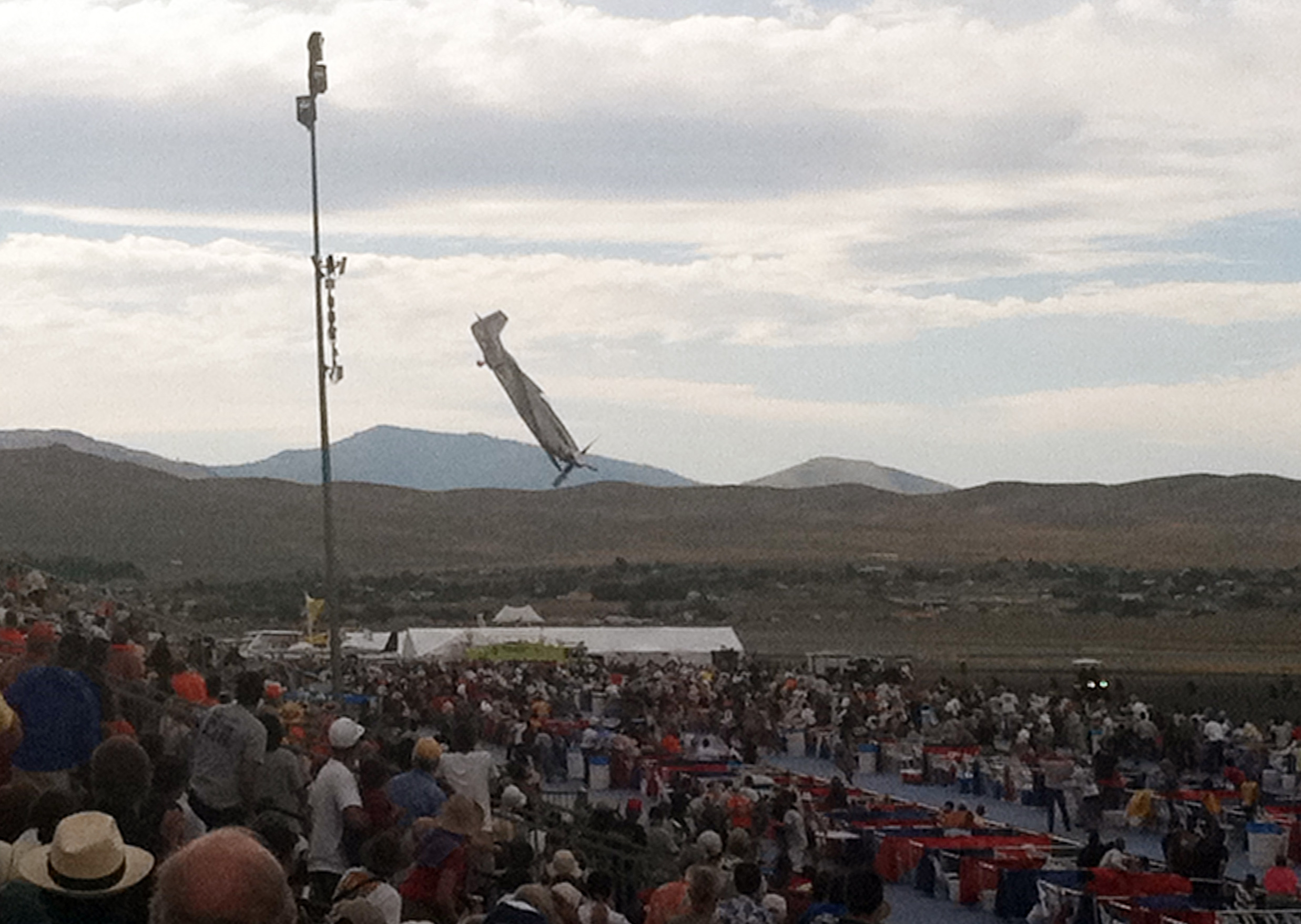Two air show tragedies
Friday, January 1, 1904
Mankind was fascinated by flight for centuries before man learned to build machines to help us fly. And judging from the popularity in recent decades of air shows, that fascination has grown, rather than diminished.
Thousands of people enthusiastically attend the shows, and most such occasions are safe, as skilled pilots perform their maneuvers at a reasonable distance from the spectators.
But anytime aircraft fly at high speeds close to the ground, there is at least some danger.
And in the past few days, there were two tragedies at air shows.
In one, as thousands of people watched, a World War II-era P-51 Mustang fighter plane crashed at Reno, Nev. -- killing the pilot and at least nine spectators.
And at Martinsburg, W.Va., a pilot was killed when his post-World War II T-28 aircraft crashed and burned before a shocked crowd of viewers. Fortunately no spectators were killed in the second incident.
Such tragedies understandably arouse insistence that aerial maneuvers close to crowds be avoided, with the vintage war birds better being viewed over areas where observers are unlikely to be in danger even if an accident does occur.
